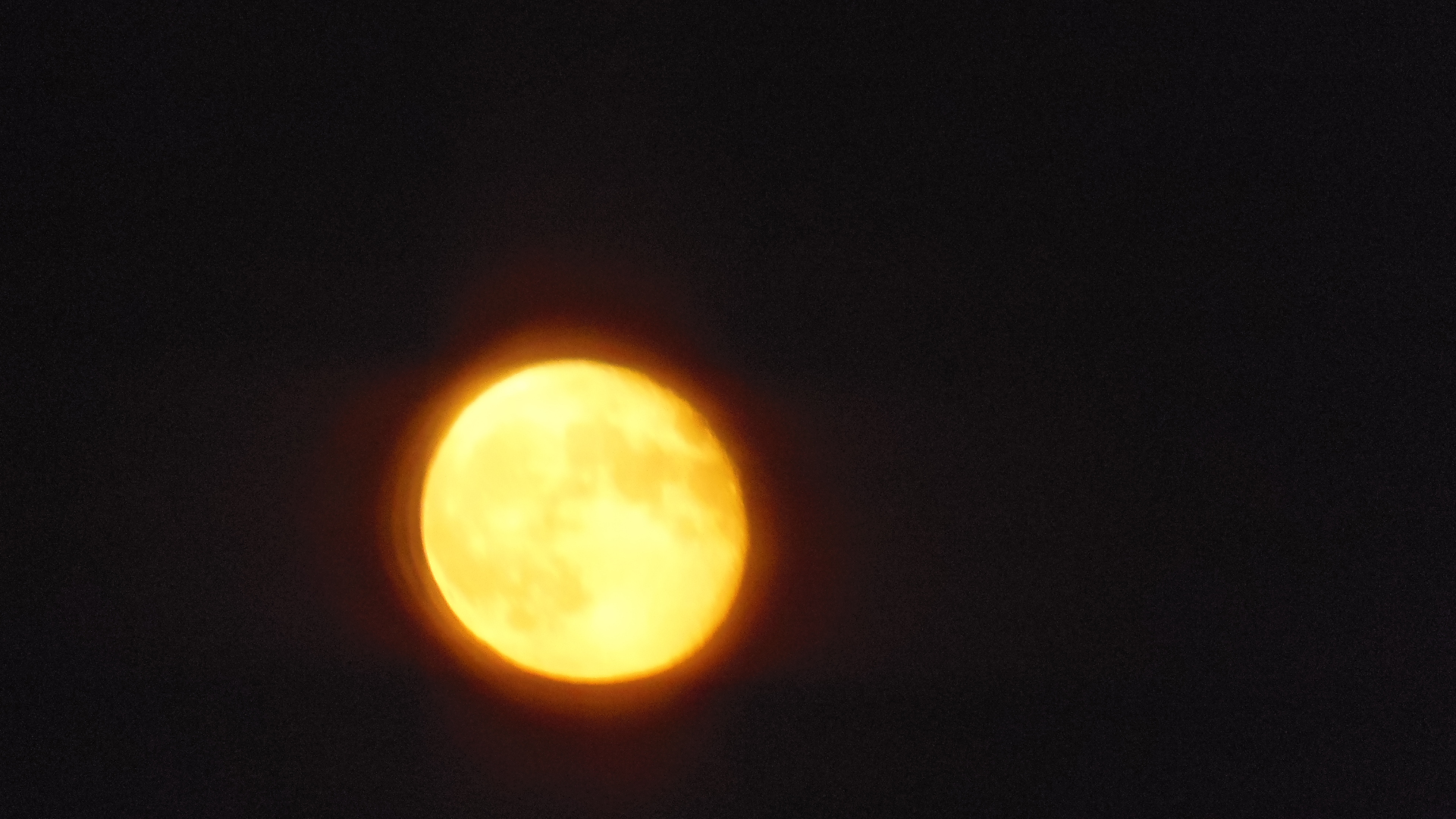
NASA says sometimes it's hard to tell the difference between a Super-moon and a regular full moon, as clouds and haze can mask a difference in brightness.
Astronomers used to call them new moons or Perigean full moons, new or full moons closely coinciding with perigee, the moon’s closest point to Earth in its orbit.
But, like almost everyone else, now we enjoy calling them super-moons. The name super moon was coined over 30 years ago. It was popularized and came to be the accepted term for most people only in the past few years. Are super-moons hype? In our opinion … gosh, no, just modern folklore. And they can cause real physical effects, such as larger-than-usual tides. The year 2014 has a total of five super-moons. They are the two new moons of January, and the full moons of July, August and September.
ENJOY... this is the last one for this year!
Photo: Deena Wang